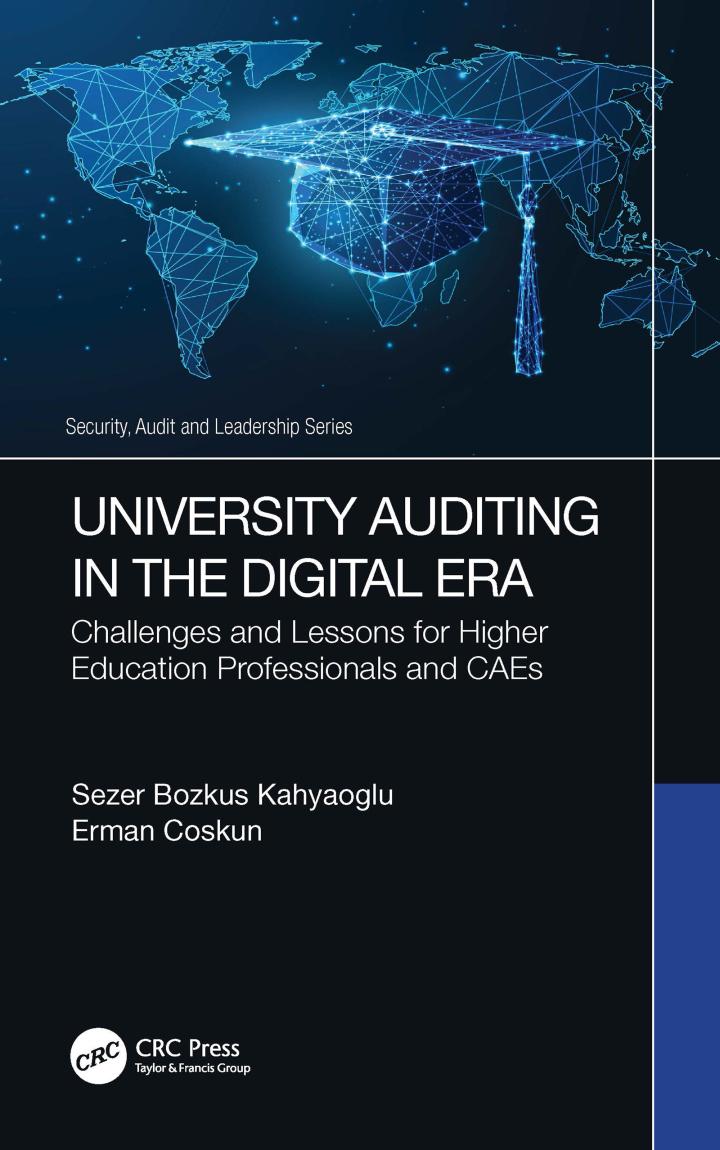| | a few bucks QUESTION 23 Budgeted sales units for Jan, Feb, Mar, and Apr are 20, 22, 24, 22 respectively. The beginning balance of Finished Goods Inventory on Jan 1 is 8. Desired ending Inventory is 50% of next month's level of sales. What is the budgeted/planned units produced for Feb and March? | | 23 in both Feb and Mar | | | 25 in both Feb and Mar | | | 26 in both Feb and Mar | | | 25 in Feb and 24 in Mar | | | 34 in Feb and 35 in Mar Budgeted sales units for Jan, Feb, Mar, and Apr are 20, 22, 24, 22 respectively. The ending balance of Finished Goods Inventory on Dec 31 of the previous year is 9. Desired ending Inventory is 50% of next month's level of sales. A quarterly budget is prepared. What are the beginning and ending inventory figures for Quarter 1? | | Beginning Inventory is 32, Ending Inventory is 34 | | | Beginning Inventory is 34, Ending Inventory is 32 | | | Beginning Inventory is 68, Ending Inventory is 60 | | | Beginning Inventory is 9, Ending Inventory is 11 | | | Beginning Inventory is 12, Ending Inventory is 11 QUESTION 25 The planned production units for Q1, Q2, Q3 are 50, 55, 60 respectively. Each completed unit requires 2 cartons of direct material. How much direct material is required for Q3? | | 60 cartons | | | 120 cartons | | | 165 cartons | | | 330 cartons | | | none of the above QUESTION 26 Beginning Raw Materials Inventory = 50 Units of Production planned for current period and next period = 10, 12, respectively Amount of Raw Material Needed for each completed unit = 20 lbs. Ending Inventory needs = 50% of next month's raw material requirements. Raw Material Cost + $3/lb What is the budgeted direct materials for the current period? | | $468 | | | $600 | | | $750 | | | $810 | | | none of the above QUESTION 27 Which of the following would most likely not belong on a cash budget? | | Total sales for the period | | | Cash payments made for raw materials | | | Expenditures for Labor | | | Expenditures for Overhead | | | Interest paid on money borrowed QUESTION 28 The Overhead Budget contains | | the costs of production. | | | fixed and variable expenses. | | | cash and perhaps non-cash expenses. | | | indirect costs. | | | all of the above. QUESTION 29 The Direct Labor Budget contains all of the following except: | | the budgeted units of sales for each period. | | | the budgeted units of production for each period. | | | the expected hours of direct labor. | | | the budgeted cost per hour of direct labor. | | | There are no exceptions. All of the above are included on the Direct Labor Budget. QUESTION 30 For the cash budget, company policy dictates that the cash balance never dip below $7000. That means there should always be a surplus of $7000 on hand. If cash dips below $7000, a line of credit with a lender has been established for immediate borrowing. In Q1 before any borrowing for that quarter, there exists a deficit of $1000. In Q2 before any borrowing for that quarter there exists a surplus of $1000. What are the borrowing requirements, if any, for Q1 and Q2. Any interest would be accrued and paid after Q2, therefore interest is not a factor. | | Q1 borrow $8000, Q2 no need to borrow | | | Q1 borrow $8000, Q2 borrow $6000 | | | Q1 borrow $8000, Q2 borrow $7000 | | | Q1 borrow $8000, Q2 borrow $7000 | | | Q1 borrow $7000, Q2 borrow $7000 | | | | | | | | |






